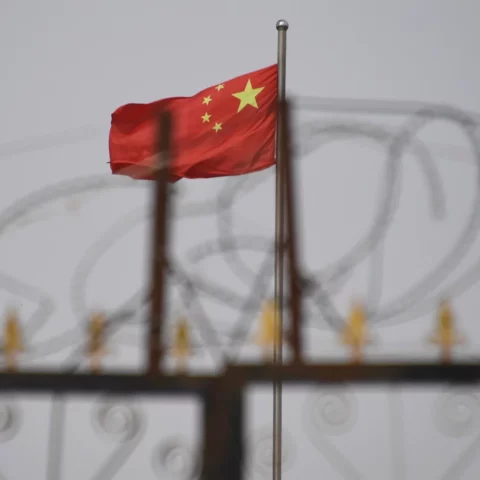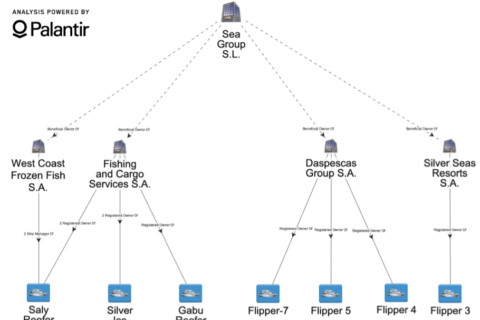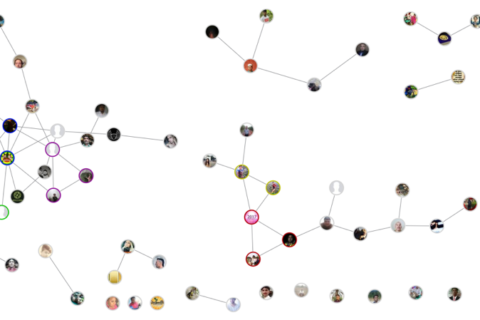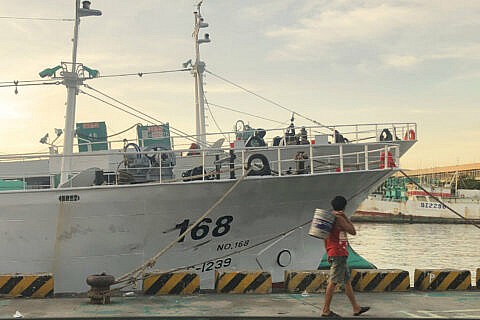Everybody’s Business
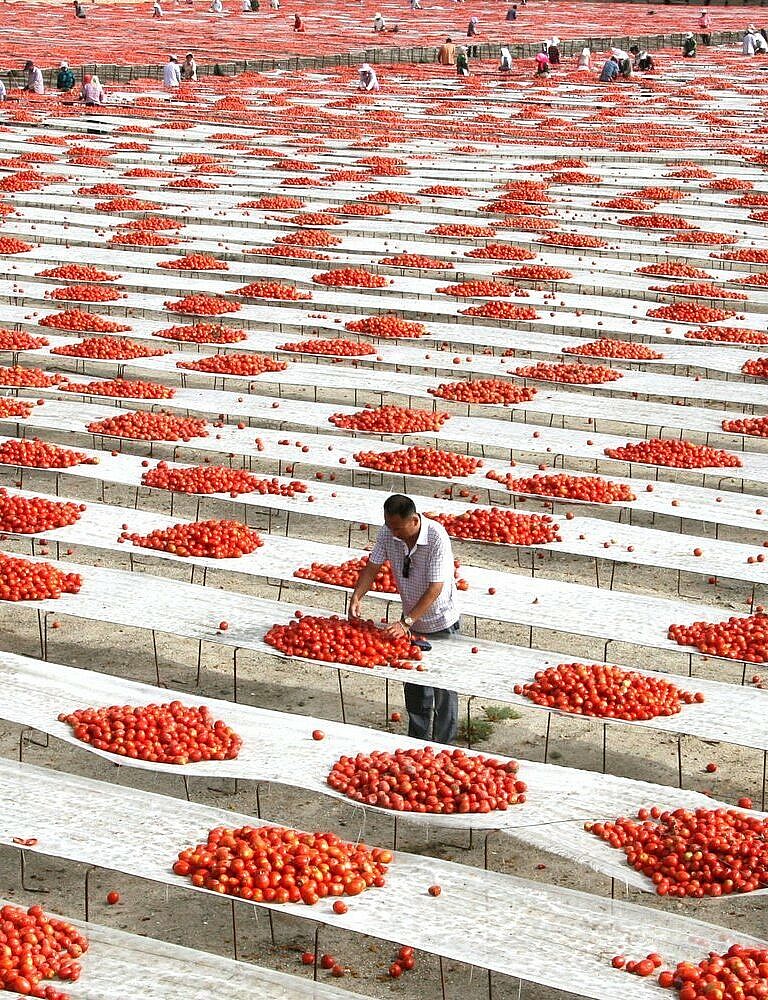
The economy of the Xinjiang Uyghur Autonomous Region is inextricably entangled with forced labor and oppression. The linkages between abuse and the economy are not contained within Xinjiang: through the global market, the rest of the world enables forced labor and repression perpetrated by the government of China. This analysis of the Xinjiang economy examines specific goods produced in the region that have outsized impact on global supply chains. Organizations involved in the purchase of these agricultural and industrial products are at risk of supporting oppression.
In this brief, C4ADS maps the contours of the Xinjiang agricultural and industrial sectors and identifies nine goods produced in disproportionately high volumes in Xinjiang that are part of global supply chains: cotton, tomato products, pepper products, walnuts, rayon, calcium carbide, polysilicon, wind turbines, and beryllium.
Executive Summary #
The economy of the Xinjiang Uyghur Autonomous Region is inextricably entangled with forced labor and oppression. The linkages between abuse and the economy are not contained within Xinjiang: through the global market, the rest of the world enables forced labor and repression perpetrated by the government of China. This analysis of the Xinjiang economy examines specific goods produced in the region that have outsized impact on global supply chains. Organizations involved in the purchase of these agricultural and industrial products are at risk of supporting oppression.
In this brief, C4ADS maps the contours of the Xinjiang agricultural and industrial sectors and identifies nine goods produced in disproportionately high volumes in Xinjiang that are part of global supply chains:
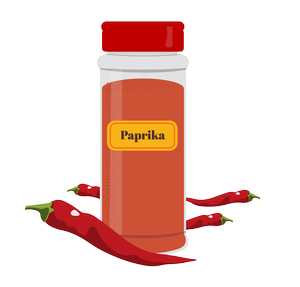
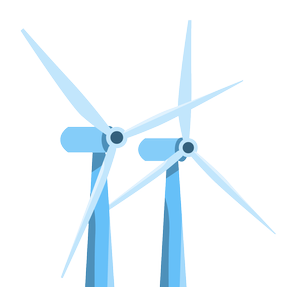
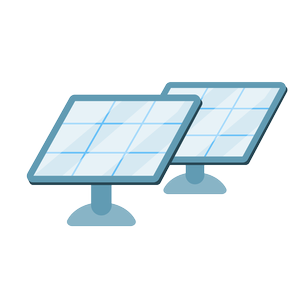
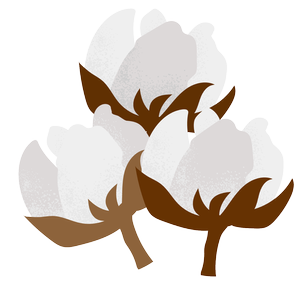
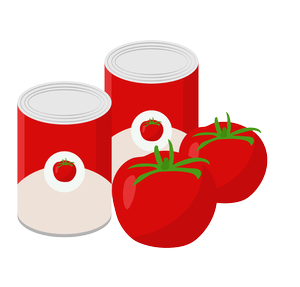


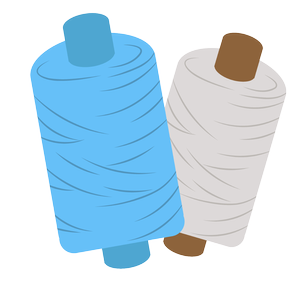

In the News #
